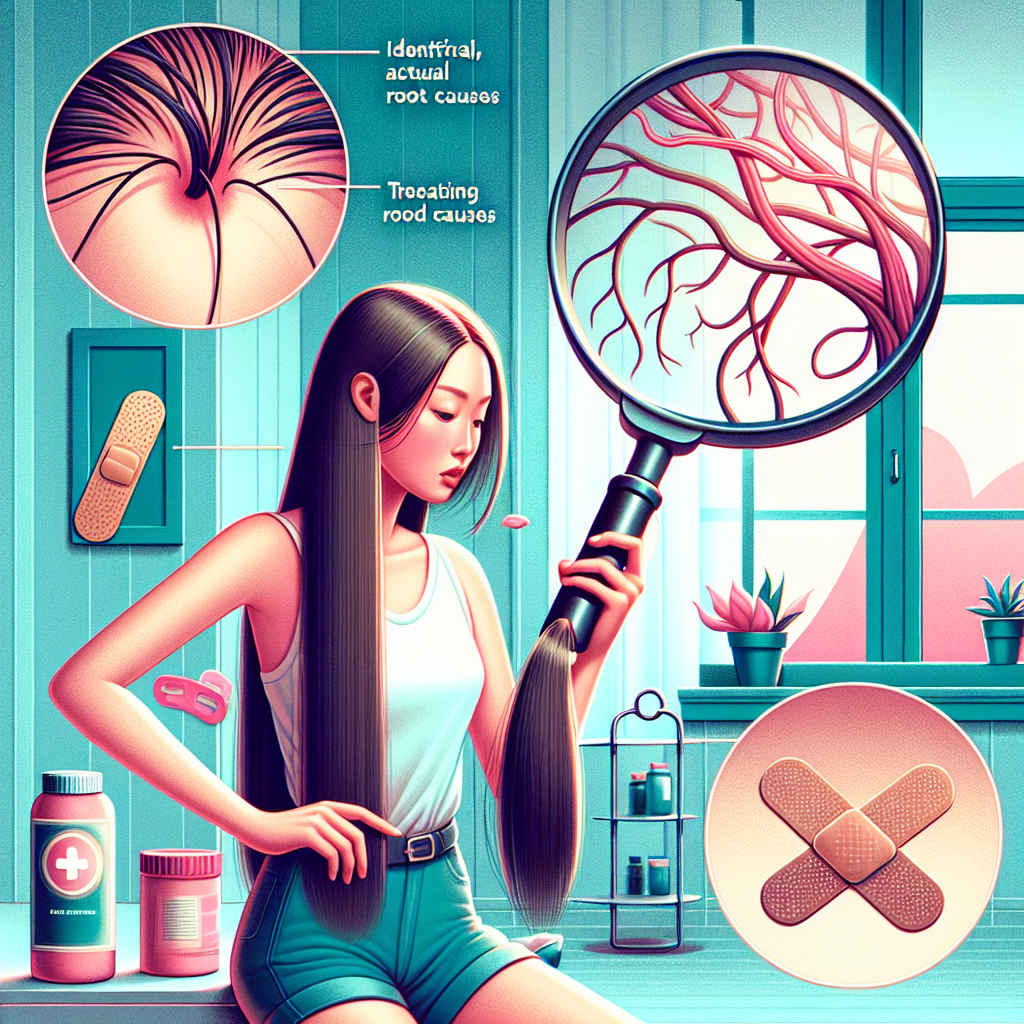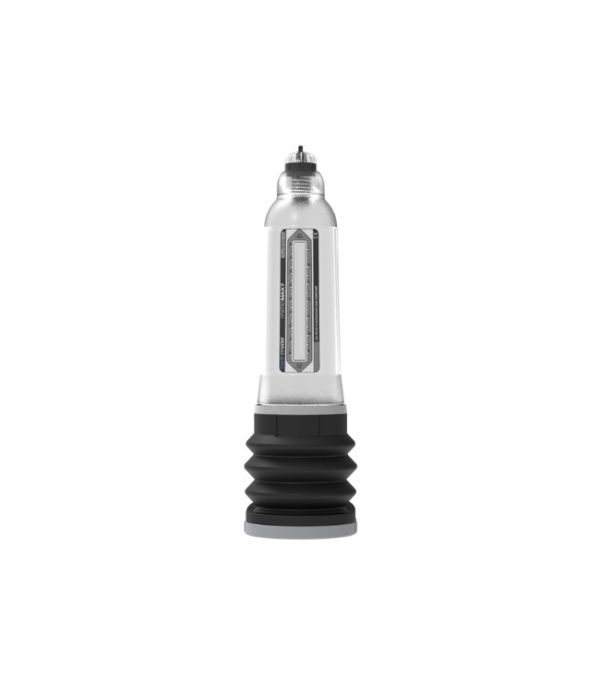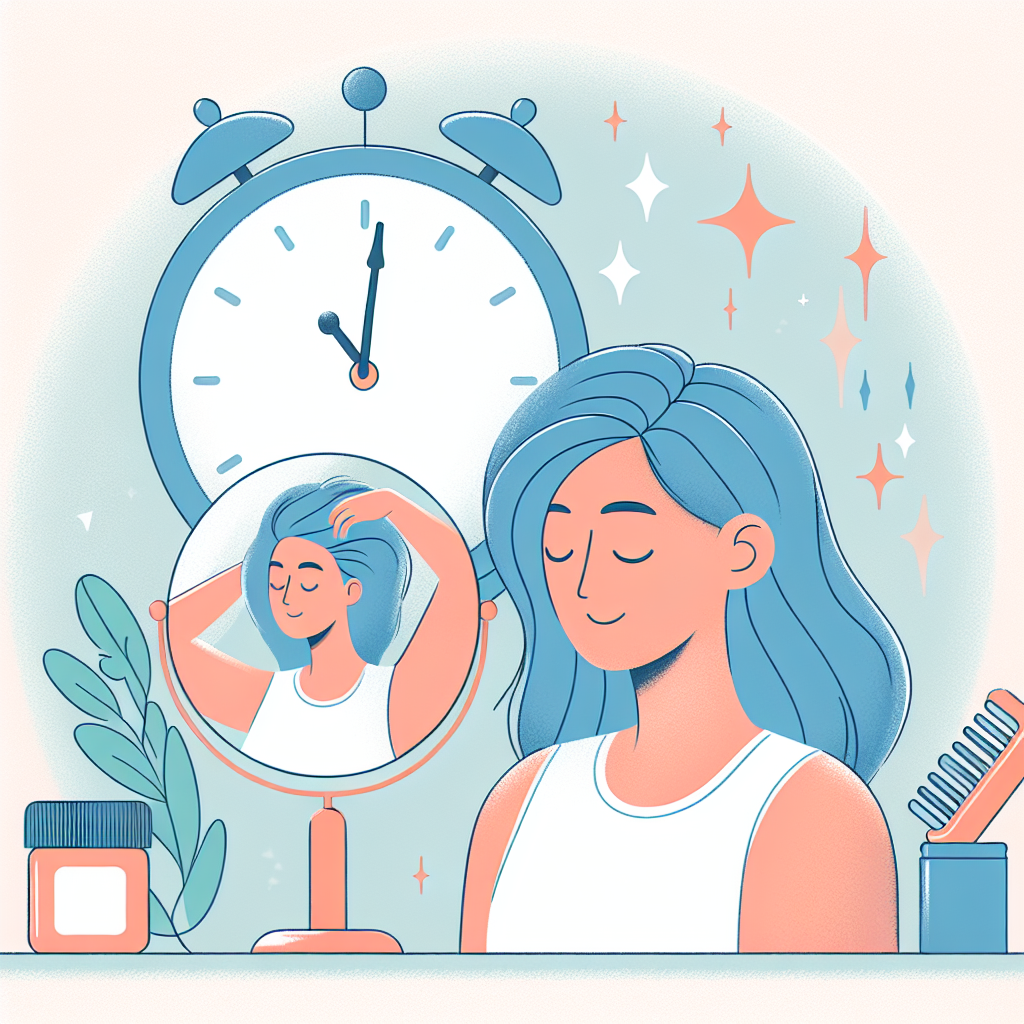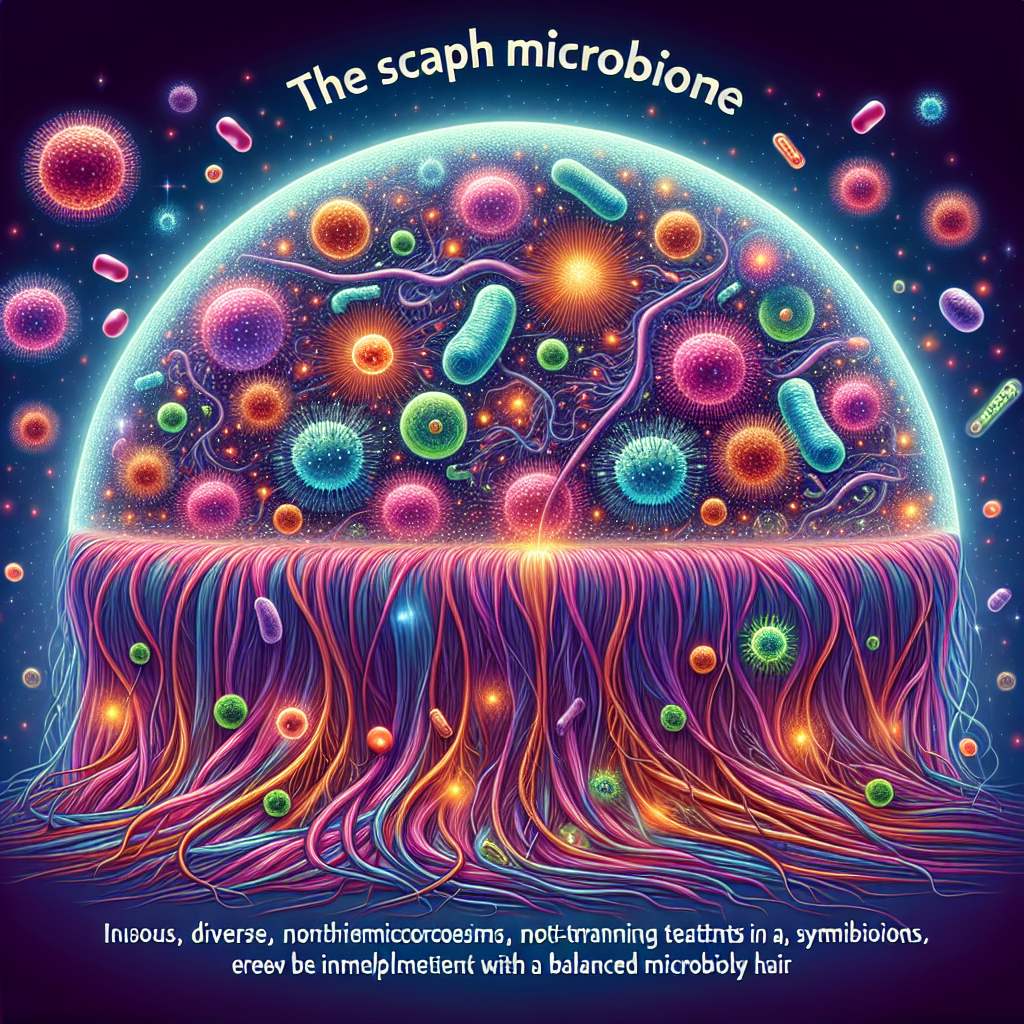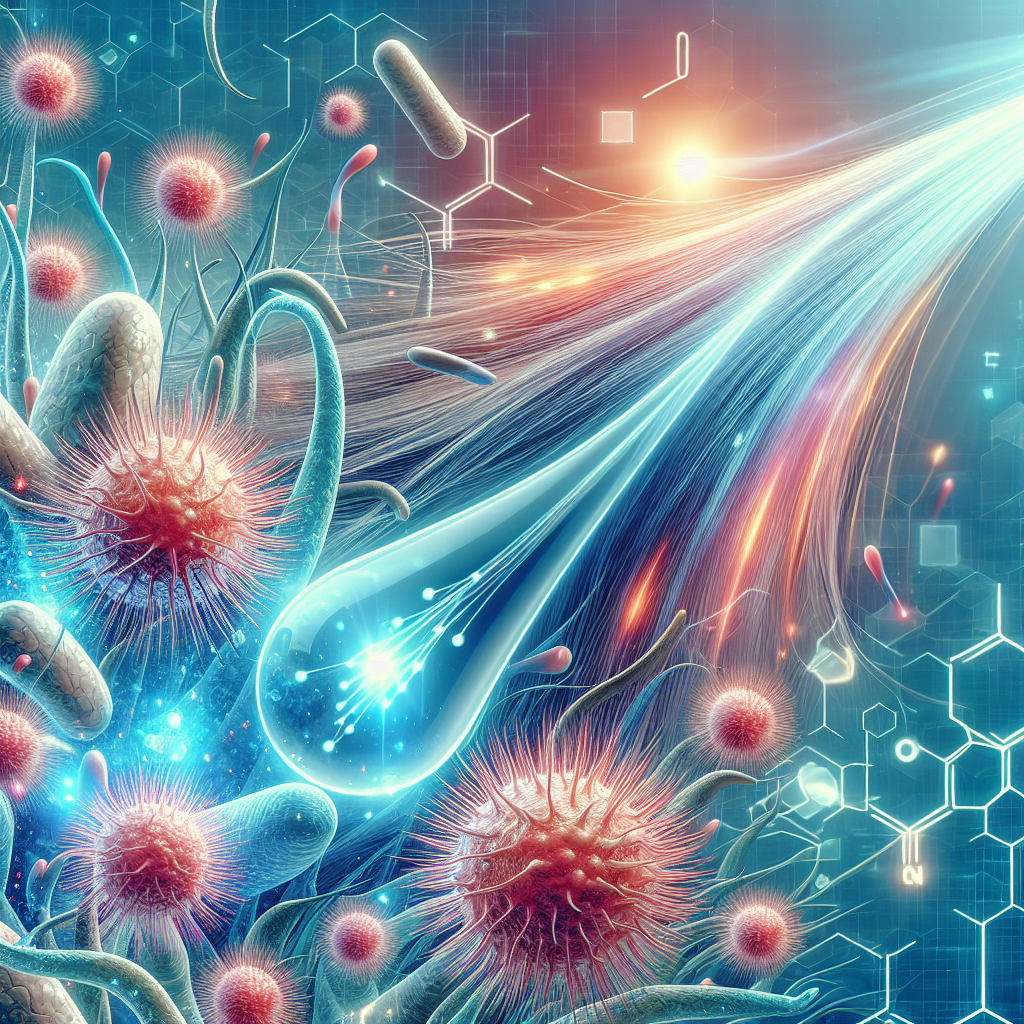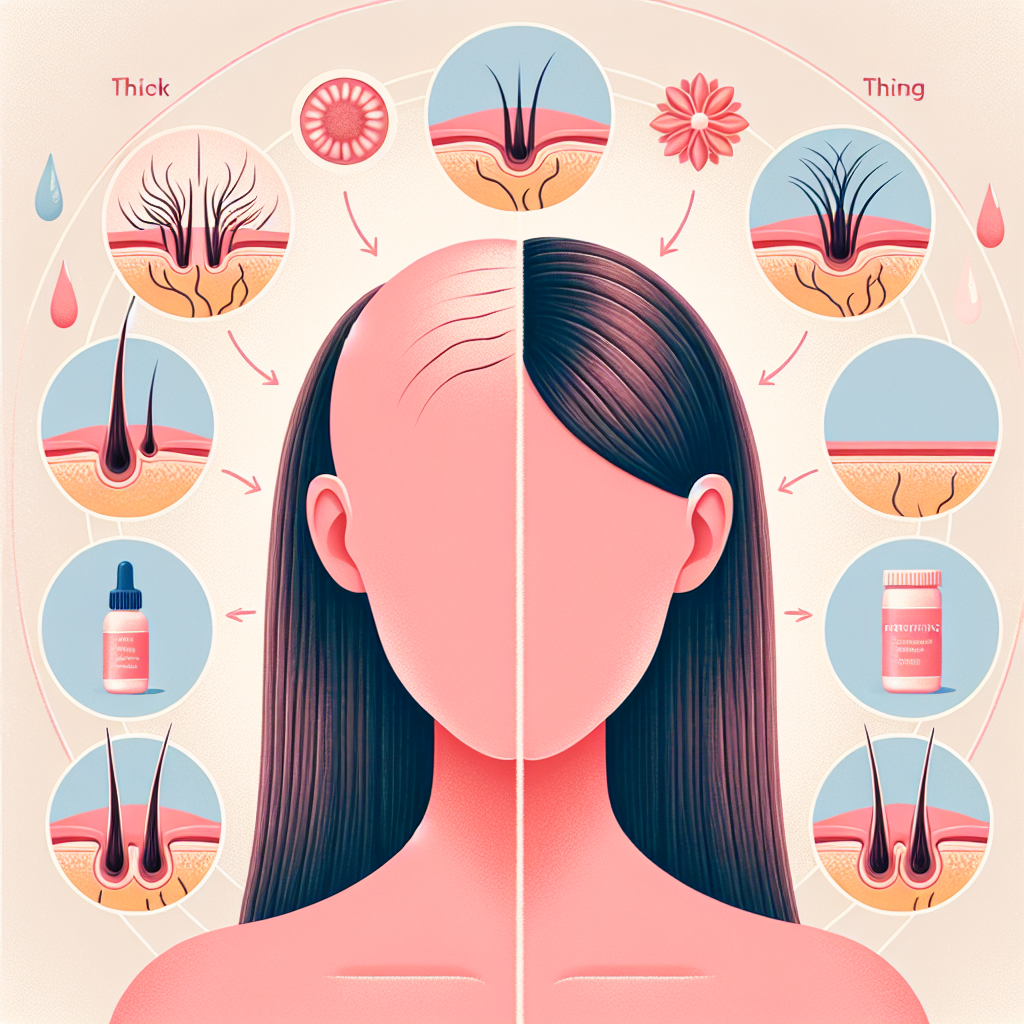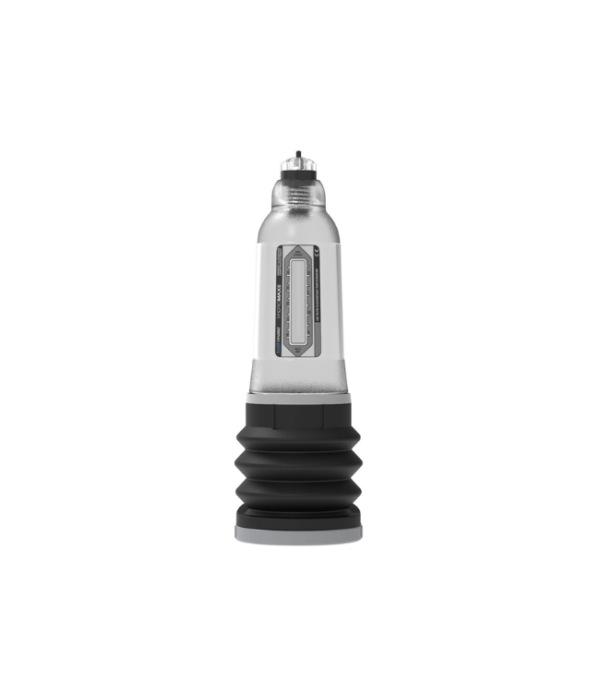Hormonal Hair Loss: Identifying and Treating the Root Cause
Hair Loss Isn’t Just Cosmetic—It’s a Health Signal
Hair loss doesn’t only affect your appearance—it can impact your confidence and emotional well-being. While many assume hair thinning is caused solely by aging or genetics, studies show that up to 30 percent of women experience hormonal hair loss during specific life stages like postpartum, perimenopause, or stressful periods (Dermato-Endocrinology, 2009).
Dr. Fiona McCulloch, a licensed Naturopathic Doctor and author of 8 Steps to Reverse Your PCOS, explains, “Hormones are the body’s messengers. When they’re out of balance, it affects everything from energy to fertility—and yes, even hair.”
Rather than masking the issue with temporary fixes, identifying and treating the root cause of hormonal disruption is key to lasting hair restoration. Below, discover how to recognize hormonal hair loss, understand its underlying causes, and explore natural and effective treatments.
What Is Hormonal Hair Loss?
Hormonal hair loss, often referred to as androgenic or hormonal alopecia, happens when fluctuating hormone levels interfere with the hair growth cycle. Unlike temporary hair shedding known as telogen effluvium, hormone-driven hair loss is typically persistent and progressive.
For instance, many women notice a broader part, thinning at the crown, or overall hair volume loss—especially during menopause or after giving birth. Men tend to experience receding hairlines or bald patches, usually linked to sensitivity to the hormone dihydrotestosterone (DHT).
According to the American Hair Loss Association, around 80 percent of women will experience noticeable hair thinning by age 60. In many cases, hormonal issues—not just aging or genetics—are to blame.
Which Hormone Imbalances Lead to Hair Loss?
There is no single hormone responsible for hair loss. Several hormonal changes can negatively influence your scalp and hair follicles. Here are the most common culprits:
Thyroid Disorders
Both hypothyroidism and hyperthyroidism impact the body’s metabolism and can slow the hair growth cycle. If your thyroid is imbalanced, thinning hair or dry, brittle strands may be one of the first signs.
A study in the Indian Journal of Dermatology found that over 25 percent of individuals with hypothyroidism reported hair loss as an early symptom.
PCOS (Polycystic Ovary Syndrome)
PCOS affects nearly 10 percent of women of reproductive age. This condition causes excess production of androgens (male hormones), which can shrink hair follicles, resulting in shedding—especially around the temples or crown.
Menopause
During menopause, estrogen and progesterone levels decrease while androgens like DHT become more dominant. This shift often leads to a noticeably wider part and visible scalp.
Natural therapies like bioidentical hormone replacement or balancing herbs (discussed later) can be helpful.
Postpartum Hormone Shifts
Roughly 40 to 50 percent of new mothers experience hair shedding within two to four months after giving birth. This is due to a sudden drop in estrogen. Fortunately, this kind of hair loss is usually temporary and reverses within a year.
High Cortisol and Stress
Cortisol, commonly known as the stress hormone, can restrict blood flow and nutrients to the scalp, leading to thinning hair. A 2023 study in JAMA Dermatology linked chronic stress to noticeable hair loss in both men and women.
Dr. Elizabeth Greeson, an endocrinologist at Boston Hormone Center, states, “Cortisol is like a bully to your hair follicles. When it’s too high, the body conserves resources and cuts back on non-essential functions—like hair growth.”
Why Popular Hair Loss Treatments Don’t Work Long-Term
If you’ve tried shampoos, biotin supplements, or caffeine-infused hair products, you’re not alone. These may offer short-term results, but they often fail to target the root hormonal cause.
These treatments only manage the visible symptoms—not the internal issue.
“Hair loss is a surface symptom of an internal problem,” says Dr. Alan Bauman, a board-certified Hair Restoration Physician. “Until we correct the hormonal disruption, any results will be temporary at best.”
Undiagnosed hormonal imbalances don’t just affect your hair—they can also contribute to fatigue, weight gain, low libido, and more. Recognizing hair thinning as a signal can be the first step to resolving deeper health concerns.
How to Identify What’s Causing Your Hair Loss
Finding the real reason behind your hair loss starts with a comprehensive diagnosis. Here’s how to get started:
- Schedule a complete hormone panel to test levels of estrogen, progesterone, testosterone, DHT, thyroid hormones (TSH, T3, T4), insulin, and cortisol.
- Evaluate life events: Consider whether your hair loss began after childbirth, weaning, menopause, starting or stopping birth control, or dealing with a major stressor.
- Review lifestyle factors: Sleep, nutrition, activity levels, and exposure to hormone-disrupting chemicals all play a role in hormone balance.
Consulting a functional or integrative health provider can help you develop a personalized plan based on your unique hormone profile.
Natural and Effective Ways to Restore Hormonal Balance
Once you’ve identified the cause, you can use natural, research-backed strategies to support hormone balance and restore hair health.
Balance Blood Sugar
Insulin resistance can disrupt levels of estrogen, testosterone, and DHT. Maintain healthy blood sugar by prioritizing:
- Whole foods such as avocado, lentils, chia seeds, leafy greens, and grass-fed proteins
- Avoiding processed sugar, white bread, and soda
Reduce Cortisol and Support Adrenal Health
Chronic stress wreaks havoc on your hormone system. Combat it through:
- Mindful practices like deep breathing, daily walks, and journaling
- Quality sleep—aim for seven to eight hours nightly
- Adaptogenic herbs like rhodiola or ashwagandha (with professional guidance)
Support Thyroid Function
Feed your thyroid with essential nutrients like:
- Iodine from seaweed or iodized salt
- Selenium from Brazil nuts
- Zinc from pumpkin seeds or legumes
If you’re officially diagnosed with hypothyroidism, your doctor may recommend medications like levothyroxine.
Optimize Estrogen and Progesterone
Hormone fluctuations in perimenopause can be supported with:
- Herbs like chasteberry, maca root, or red clover
- Bioidentical Hormone Replacement Therapy (BHRT), under medical supervision
Block Excess DHT Naturally
To prevent further miniaturization of hair follicles:
- Take natural DHT blockers like saw palmetto or green tea extract
- Explore prescription options like finasteride or topical minoxidil from credible telemedicine providers
Final Takeaway: Hair Loss is a Symptom, Not the Problem
If you’re facing unexplained hair loss—especially with other signs of hormone imbalance like fatigue, acne, irregular cycles, or mood swings—your body may be signaling that something is out of sync internally.
Rather than simply treating hair loss as an isolated issue, dive deeper into your hormonal health. When you address the true cause, not only can your hair begin to grow back stronger, but your entire body will benefit from better balance, energy, and overall vitality.
Dr. Jolene Brighten, a hormone expert and Naturopathic Doctor, reminds us, “Your hair is a biomarker of your internal health. When you treat the inside, beauty follows naturally.”
Ready to take the first step? Consult a healthcare provider and explore trusted resources like eDrugstore.com to safely and confidentially begin your healing journey.
References
- American Hair Loss Association. Female Hair Loss: The Basics. https://www.americanhairloss.org/women_hair_loss/
- McDonald K, et al. “Thyroid Disorders and Hair Loss.” Indian Journal of Dermatology. 2016.
- Stough DB, et al. “Psychological Effect of Hair Loss in Men and Women: A Cross-Sectional Survey.” Dermatol Surg. 2007.
- Dermato-Endocrinology. “Hair follicle as a mini-organ and its hormonal control.” 2009.
- Bauman A. “How Hormone Imbalances Cause Hair Thinning.” Bauman Medical Press Release. 2020.
- Greeson E. “The Cortisol-Hair Loss Link.” JAMA Dermatology. 2023.
- McCulloch F. 8 Steps to Reverse Your PCOS. CreateSpace Publishing. 2016.
- Brighten J. Beyond the Pill. HarperOne. 2019.


